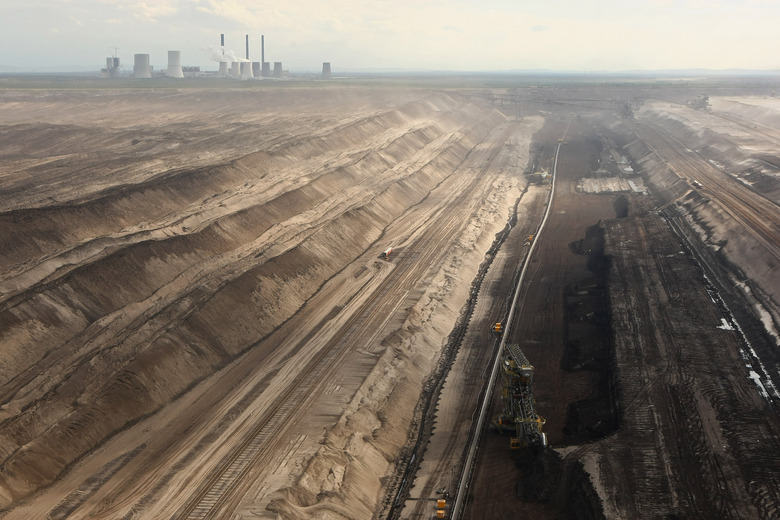The Significance Of Soil Pollution
Soil pollution can take many forms. It may be the result of air or water pollution settling into topsoil, or it may stem from the intentional burial of toxic substances in an attempt to mitigate their harmful effects. Pesticides, radioactive waste, hydrocarbons, organic waste, lead and heavy metals can all cause soil pollution, and each of these contaminants can have long-term effects on an ecosystem and the environment in general.
Long-Term Effects
Long-Term Effects
One of the most significant problems with soil pollution is that this type of contamination can have long-term effects. The natural flow of water in a river will dilute and disperse any toxic substances dumped into the waterway, and air pollutants may vanish at the first strong, steady wind. Soil pollutants, on the other hand, can remain in a region for years or even decades, poisoning generation after generation of every living thing that makes its home in the affected area. For example, the boom in radium-enhanced household products in the early 1900s made some homes and gardens so contaminated with radioactivity that radiation levels are still noticeably elevated more than a century later.
Plant Growth
Plant Growth
A plant normally absorbs nutrients and other substances from the ground in which it grows. For instance, Vidalia onions are sweeter than other varieties due to the abnormally low sulfur content in the soil around Vidalia, Georgia. When a plant grows on polluted soil, however, it can absorb some of those pollutants into itself, causing growth abnormalities and even creating toxic fruits and vegetables. An excess of salts in the ground can even prevent plant growth altogether, rendering an area sterile until the salinity of the soil returns to normal.
Runoff
Runoff
Soil pollution can also become water pollution due to rain and agricultural runoff. When contaminants in soil wash into rivers, they can have a variety of different effects. Pesticides can kill off microbial life, insects and even larger life forms if present in high enough concentrations. Soil contaminated by excess nitrates from agricultural operations can trigger algae blooms, providing the nutrients necessary to spawn large colonies of oxygen-depleting and sometimes toxic lifeforms.
Water Table
Water Table
Soil pollutants can also find their way into the water table. Large aquifers underground store most of the fresh water on the planet, and surface water naturally migrates to and from these reservoirs as part of the water cycle. When water passes through contaminated soil, however, it can bear some of those toxic substances into the aquifer. This can potentially spread contaminants over a large area because a single aquifer may feed water sources in several different states. It can also take many years for water to filter through an aquifer system, meaning that a single incident of contamination could have effects far into the future.
Cite This Article
MLA
Kazmeyer, Milton. "The Significance Of Soil Pollution" sciencing.com, https://www.sciencing.com/significance-soil-pollution-22441/. 24 April 2017.
APA
Kazmeyer, Milton. (2017, April 24). The Significance Of Soil Pollution. sciencing.com. Retrieved from https://www.sciencing.com/significance-soil-pollution-22441/
Chicago
Kazmeyer, Milton. The Significance Of Soil Pollution last modified March 24, 2022. https://www.sciencing.com/significance-soil-pollution-22441/
